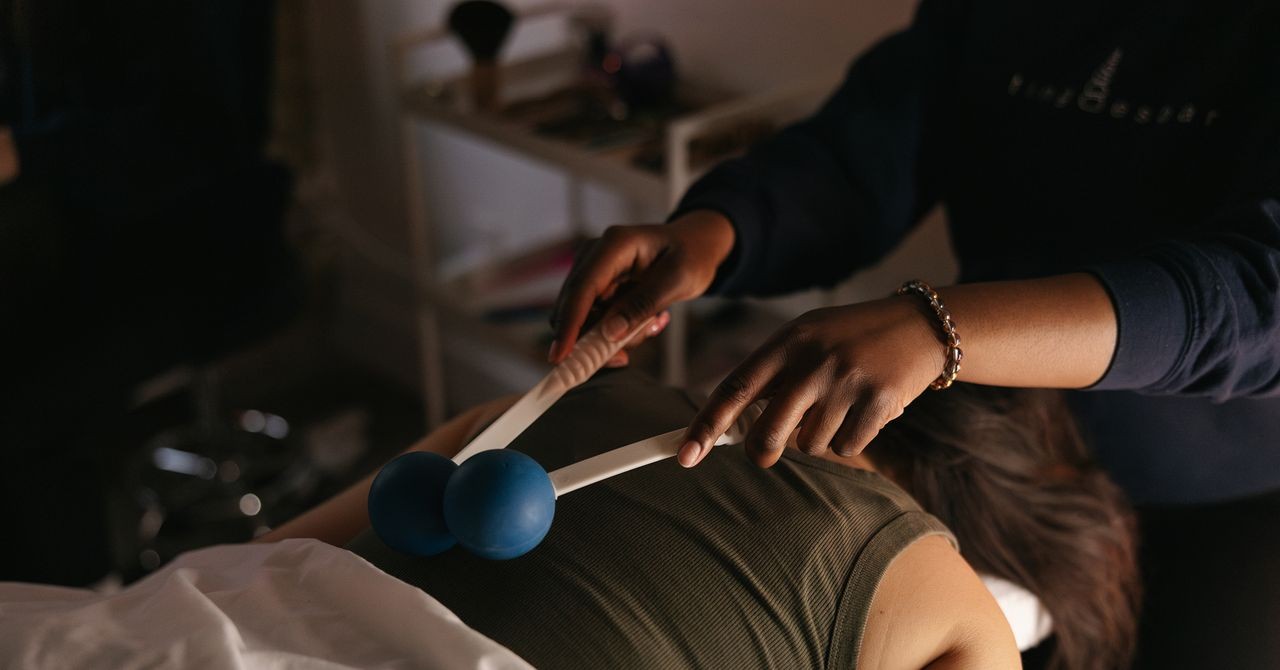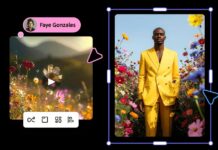A woman whispers into my ear, “It’s time for your lice check,” as she delicately runs her fingers through my hair. Across from me, another participant is receiving the same treatment, both of us bathed in the soft glow of an Eastern flute melody playing softly in a dimly lit room. We’re trying to stifle nervous laughter—after all, we’re adults being subjected to what feels suspiciously like elementary school hygiene protocol.
This isn’t some bizarre kink; it’s an ASMR experience at Tinglesbar, Toronto’s self-proclaimed world’s first dedicated ASMR spa. The goal? To tap into the tingly sensations that spread through your body when exposed to specific auditory or tactile stimuli—a phenomenon known as Autonomous Sensory Meridian Response (ASMR).
I approached this with skepticism bordering on horror. A cynic who loathes internet trends materialized in the real world, I’d never envisioned myself willingly surrendering my scalp to strangers whispering while gently combing it. But there’s something undeniably alluring about ASMR’s growing popularity. YouTube and TikTok are teeming with ASMR videos racking up billions of views, and dedicated spas offering immersive experiences have popped up globally. Now, Tinglesbar offers a unique twist: role-playing scenarios designed to enhance the experience.
Beyond Whispers and Tapping
Tinglesbar goes beyond typical ASMR offerings like soft-spoken tapping or whispering, incorporating themed role-plays that weave fantastical narratives into the mix. These range from “Harry Potter” spells to “Fairy Fortune Readings,” medical checkups, and even vintage beauty salon sessions. Prices are reasonable, starting at CAD$139 for a solo session with add-ons like customized role-playing costing between CAD$50 to $75, or group hangouts ranging from CAD$25 to CAD$75.
The specific scenario I chose? “Elementary School” — complete with the cringeworthy experience of having our hair scrutinized for lice by a “teacher” wielding metal tools and whispers. (Let’s just say adult anxieties were triggered.) We’re instructed to ditch our phones, dive into an aesthetic wonderland of childhood snacks (Goldfish crackers anyone?), and even decorate personalized pencil cases with the guidance of a woman in a smock who introduces herself as “Ms. G.”
The initial awkwardness is palpable – strangers awkwardly crafting, eyes avoiding contact. But then, the familiar icebreaker tactics come into play. Ms. G, ever so subtly, steers us towards reminiscing about fourth grade: favorite subjects, memorable teachers, even childhood movies. Soon enough, shy smiles and hesitant laughs blossom as we find ourselves recounting memories with newfound camaraderie.
The Power of Shared Vulnerability
The “lice check” role-play breaks the ice further. It’s inherently awkward, a shared vulnerability that transcends age. Upon emerging from this bizarre encounter, the room buzzes with animated discussions – comparing the sensation, offering unsolicited anecdotes about lice infestations past, and generally bonding over an experience bordering on surreal.
The ASMR elements are undeniable: I felt goosebumps prickle my scalp during the gentle combing and soft whispers, that telltale tingling spreading down my spine that people describe as deeply relaxing. It wasn’t exactly a life-changing epiphany, but it was unexpected—and oddly comforting.
Finding Connection in a Digital World
It’s this comfort zone of shared vulnerability and nostalgia that seems to be at the heart of Tinglesbar’s appeal. For many millennials and Gen Z accustomed to hyper-connectivity yet aching for genuine human connection, these scenarios tap into primal yearnings for simple joys – caresses like brushing hair, gentle attention from a trusted adult, the reassuring rhythm of routine activities.
Tammy Lung, Tinglesbar’s founder, explains that ASMR often evokes forgotten childhood comforts: “It’s like a massage for your brain.” She describes it as tapping into those “simpler, gentler times” we rarely experience in adulthood amidst constant demands and distractions.
A Second Childhood of Connection?
Perhaps the true magic lies in the setup itself—a room full of strangers willingly surrendering to collective silliness. It’s a shared space where phones are silenced, forcing us back into face-to-face interaction without the usual cocktail hour nerves or awkward introductions. We reminisce over childhood snacks, share anxieties about lice checks, and laugh awkwardly at poorly executed finger paintings – all facilitated by the strange, almost hypnotic backdrop of ASMR.
It’s not a cure-all for loneliness in a digital age; it’s an unusual experiment. But as I walk out into the real world, buzzing with that peculiar ASMR static and clutching my slightly lopsided pencil case, I can’t help but wonder: could this be an antidote to our online disconnection? A strange comfort zone where letting someone you don’t know brush your hair isn’t just weird—it’s weirdly wonderful. And maybe, just maybe, the key to unlocking genuine human connection in a world obsessed with pixelated avatars and fleeting digital interactions lies in embracing this bizarre second childhood.




















